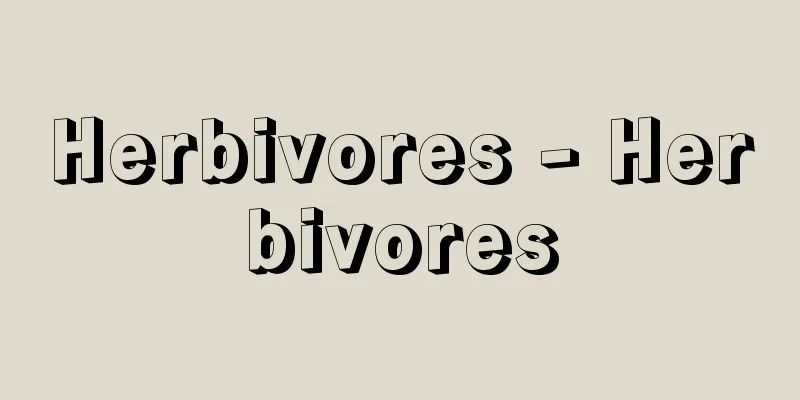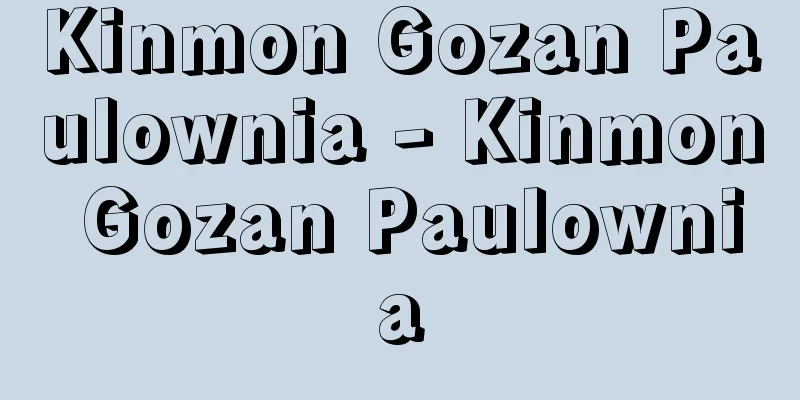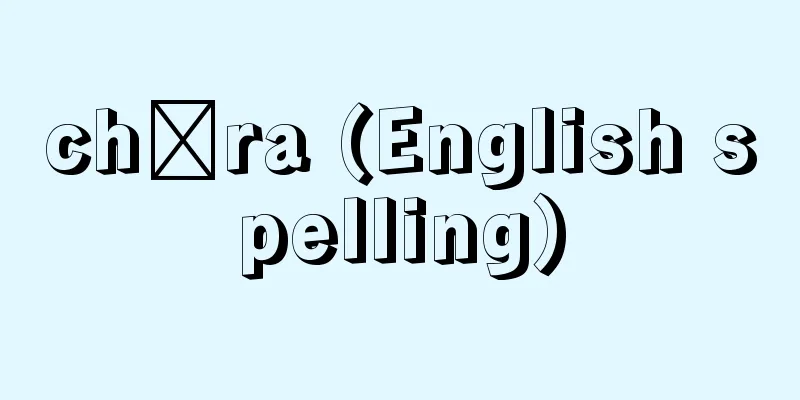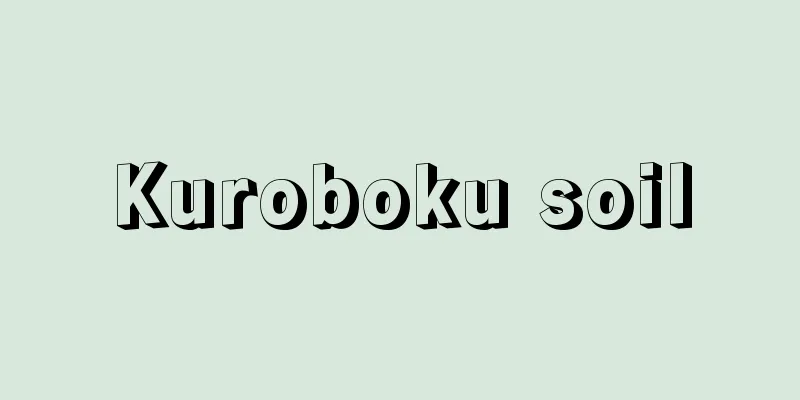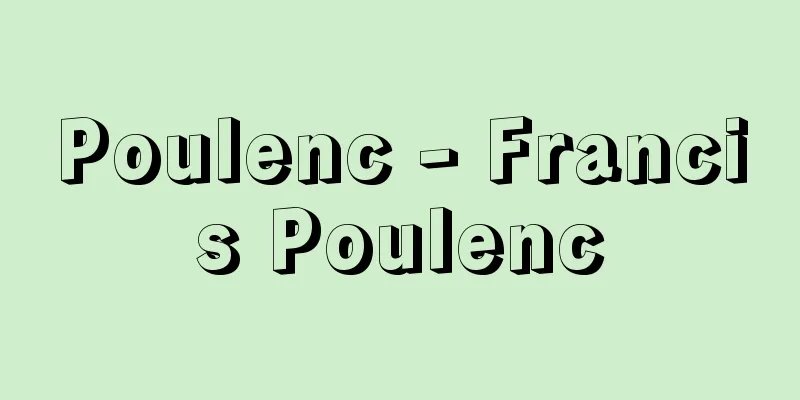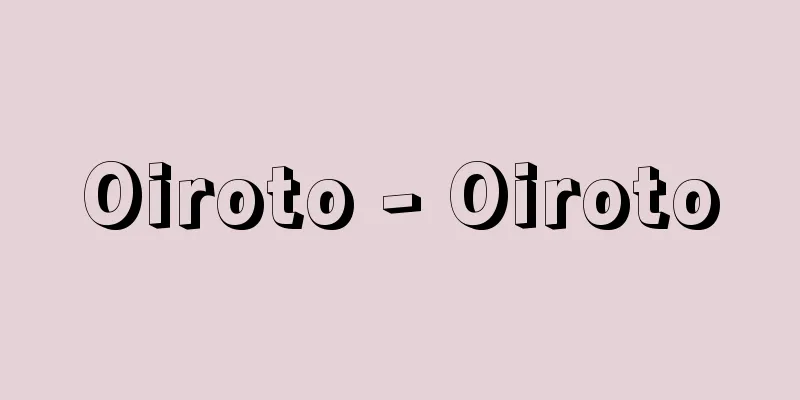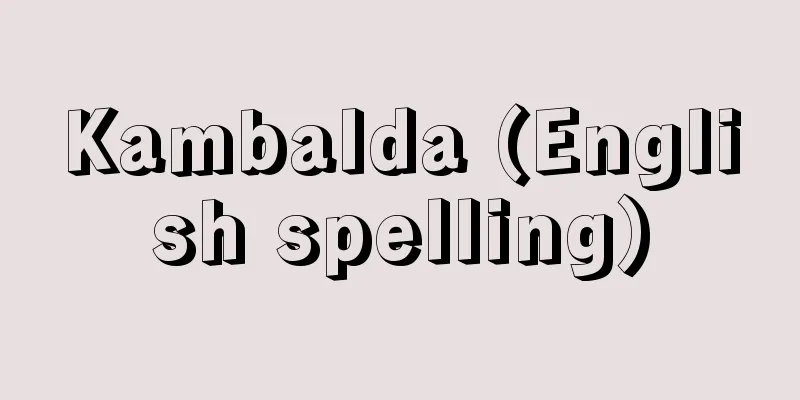Shimooka Renjo - Shimooka Renjo

|
Commercial photographer. Born in Shimoda, Izu. Along with Ukai Gyokusen (1807-87) and Ueno Hikoma, he was one of the earliest pioneers of photography in Japan, opening a commercial photography studio and taking photographs professionally. His childhood name was Sakurada Hisanosuke. Not much is known about his career up until he reached adulthood, but after working as a foot soldier at the artillery battery built in Shimoda by the Edo Shogunate to guard the coast, he became an apprentice to Edo painter Kano Tosen (?-1871) around 1844 (Koka 1), and while working as a gatekeeper, he aspired to become a painter. At that time, he heard about photography, which had just been invented in the West, from Confucian scholar Narushima Motonao, and also saw an actual daguerreotype, an early form of photography, at the lower residence of the Shimazu clan of the Satsuma domain, which is said to have triggered his strong interest in photography. He then returned to Shimoda and approached Russian envoy Putyatin and American Consul General Harris in order to learn photography. It is said that he was taught how to take and develop photographs by the Dutchman Heusken, who was Harris' secretary and interpreter, but the truth of this is uncertain. Around 1860 (Man'en 1), he moved to Yokohama, which had just opened as a port, and worked for the American merchant Raphael Scheuer, while learning Western-style panoramic oil painting techniques from Scheuer's wife. He eventually acquired a set of photographic equipment. After much hard work, he mastered the techniques and opened a commercial photography studio in Noge, Yokohama, around 1862 (Bunkyu 2). He mainly took portraits of his customers and produced colored photo albums of Japanese landscapes and customs for sale to foreign tourists. Shimooka's photography studio later moved to Yokohama Benten-dori, then to Shimoda for a time, before returning to Yokohama Benten-dori and opening a new shop with a large sign of Mt. Fuji in Ota-cho, Yokohama Bashamichi, around 1867 (Keio 3). Many of the surviving photographic prints believed to be by Shimooka were produced around this time, in the 1860s. During the same period, Shimooka also got involved in various new businesses during the Meiji Period, such as importing horse-drawn carriages and starting a horse-drawn stagecoach business between Tokyo and Yokohama. Shimooka's students included Yokoyama Matsusaburo, Suzuki Shinichi (1835-1918), Esaki Reiji, and Nakajima Matsuchi (1850-1938), all of whom were famous photographers active during the Meiji Period. Around 1876 (Meiji 9), he retired from the front line of photography and moved to Asakusa, Tokyo, where he held a spectacle show in Okuyama, Asakusa featuring his own panoramic oil paintings, "The Hakodate War" and "The Taiwan War," as well as oil paintings by Takahashi Yuichi, Goseda Yoshimatsu, and Yokoyama Matsusaburo. It is said that he spent his later years painting. [Kinichi Ohirakata] "Maeda Fukutaro, 'Shimooka Renjo, the Founder of Japanese Photography' (1966, Shin-Izusha)" ▽ "Ishiguro Keiichi, editor, 'Photographs of the Late Edo Period: Ishiguro Keiichi Collection' (1990, Akashi Shoten)" ▽ "Ishiguro Takaaki, editor, 'Limited Edition Shimooka Renjo Photo Collection' (1999, Shinchosha)" ▽ "'When Photographs Were Brought to Japan'" (Catalogue, 1997, Tokyo Photographic Art Museum) [References] | | | | | |Source: Shogakukan Encyclopedia Nipponica About Encyclopedia Nipponica Information | Legend |
|
営業写真師。伊豆下田生まれ。鵜飼玉川(うかいぎょくせん)(1807―87)、上野彦馬らと並び、最も早い時期に営業写真館を開いて職業的に写真を撮りだした、日本における写真術の開祖の一人。幼名は桜田久之助。成人するまでのその履歴についてはあまり知られていないが、江戸幕府が海岸警備のため下田に築いた砲台で足軽として勤務した後、1844年(弘化1)ごろ、江戸の絵師狩野董川(とうせん)(?―1871)に弟子入り、玄関番などを勤めつつ絵師を志す。その当時に、西洋で発明されたばかりの写真術に関する情報を儒学者成島司直(もとなお)から伝え聞き、また薩摩藩島津家の下屋敷で初期の写真術である銀板写真(ダゲレオタイプ)の実物を目の当たりにしたことをきっかけに、写真に強い関心を抱くようになったという。 その後、下田へ戻り、写真術習得のためロシア使節プチャーチンや、アメリカ総領事ハリスなどに接近、ハリスの秘書兼通訳だったオランダ人ヒュースケンから写真の撮影・現像法の手ほどきを授けられたともいわれているが、真偽のほどは定かでない。 60年(万延1)ごろ、新たに開港した横浜へ移り、アメリカ人商人ラファエル・ショイヤーのもとで働きつつ、かたわらショイヤーの妻から西洋風のパノラマ油彩画の技法を学ぶ。やがて写真機材一式を入手。苦心をかさねて写真技術を身につけ、62年(文久2)ごろ、横浜野毛で営業写真館を開業する。おもに顧客の肖像撮影および外国人客への販売をねらった日本の風景・風俗を題材とする着色写真帳の制作などを手がけた。 下岡の写真館はその後、横浜弁天通りへ移転し、次いで一時期下田へ移ったが、再び横浜弁天通りに戻り、67年(慶応3)ころには横浜馬車道の太田町に「全楽堂」の名称で、富士山の大看板を掲げた新築店舗を構えた。下岡の撮影と推定される現存の写真印画の多くは、この前後の1860年代に制作されたものと考えられている。同じ時期に下岡はまた、馬車を輸入し東京・横浜間で乗合馬車事業を興すなど、文明開化期のさまざまな新事業にも手を染めた。写真師下岡の門下からは、横山松三郎、鈴木真一(1835―1918)、江崎礼二、中島待乳(まつち)(1850―1938)ら、明治期に活躍した高名な写真師が輩出した。 1876年(明治9)ごろ、写真師としては第一線から退き、東京・浅草へ転居、自作のパノラマ油彩画『函館戦争図』『台湾戦争図』や、高橋由一(ゆいち)、五姓田義松(ごせだよしまつ)、横山松三郎らの油彩画による見世物興行を浅草奥山で開催した。晩年は絵画を描いてすごしたと伝えられている。 [大日方欣一] 『前田福太郎著『日本写真師始祖下岡蓮杖』(1966・新伊豆社)』▽『石黒敬七編『写された幕末 石黒敬七コレクション』(1990・明石書店)』▽『石黒敬章編『限定版下岡蓮杖写真集』(1999・新潮社)』▽『「寫眞渡来のころ」(カタログ。1997・東京都写真美術館)』 [参照項目] | | | | | |出典 小学館 日本大百科全書(ニッポニカ)日本大百科全書(ニッポニカ)について 情報 | 凡例 |
<<: Shimokamagari [town] - Shimokamagari
Recommend
Kyoto News - Keiho
A type of newspaper published in China from the e...
Wigeon (scarlet duck) - Wigeon (English spelling)
A bird of the Anatidae family (illustration). It b...
Paper balloons
A one-act play by Kishida Kunio. It was published...
Difference - Sashigane
1. (also written as 指則) A curved iron rod. 2. One ...
Warty feet (warty feet) - Plarapodium
The locomotor organ of annelids. It is widely foun...
Niehoff
…Spain developed open instruments such as the hor...
1
…the Greek name of a city on the west bank of the...
Parish - ecclesiastical district; diocese
A unit of territory established by organized relig...
Sophia University
It is a private university. It was founded by the...
Elevator (airplane) - Elevator
…In helicopters, the attitude and direction are u...
Widow's Profit - Kafunori
…However, no matter how lonely and sad it was to ...
Turmeric
A yellow dye extracted from the rhizomes of turme...
Concentric beam of light
…A bundle of rays that share a single plane, i.e....
Six things - Rokumotsu
[1] (Noun) Buddhist term. Six items that a monk sh...
Meadow rue (English spelling) meadowrue
…It is found in Europe, Siberia, China, Korea and...

